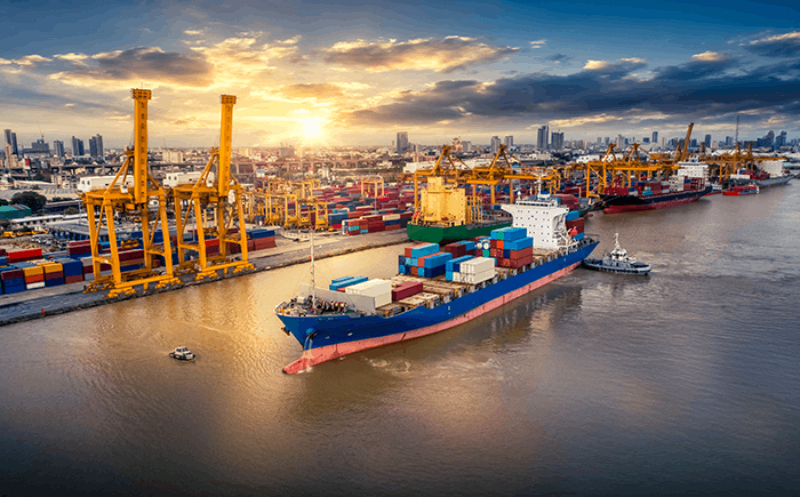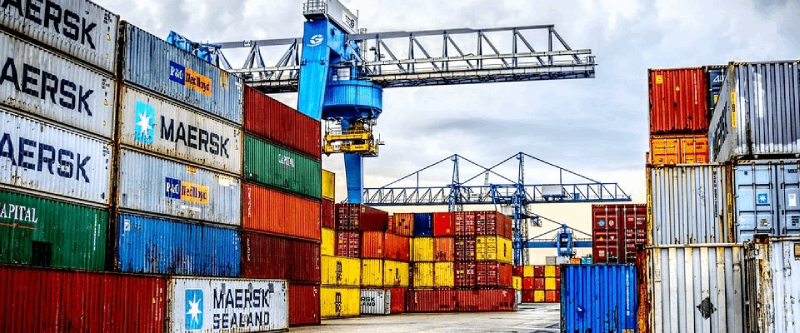Welcome to GLA! Leading the global logistics alliance.


Your location:Home > News > Freight rates continue to fall, but shipping companies are still optimistic about the shipping market
Time:2022-08-09 Publisher:Kevin Num:5913

Compared with last year, the popularity of the shipping market this year has dropped. Many institutions that give freight index can well prove this.
The latest container freight index (SCFI) released by Shanghai Shipping Exchange reached 3739.72, with a weekly drop of 3.81%, falling for eight consecutive weeks. Among them, European routes and Southeast Asian routes have a higher decline, with weekly declines of 4.61% and 12.60% respectively.
As the congestion problem in European and American ports has not been solved, the supply chain is still very fragile. Some large freight forwarders and logistics companies believe that if the demand increases, the freight rate may rebound this year.
The Drury world container freight index (WCI) also fell for 22 consecutive weeks, with a drop of 2%, which was once again expanded compared with the past two weeks.
However, this is not a big problem for many shipping companies, which are still making profits.
Last week, Maersk, the global shipping giant, announced its second quarter financial results. The data showed that Maersk's single quarter revenue increased by more than 50% year-on-year.
Other shipping giants, such as Dafei, also saw their net profit in the first quarter double year-on-year, and the profit in the second quarter of Hapag Lloyd reached a new high.
Although the current supply chain congestion has led to a drop in demand and a drop in freight rates, the shipping companies still raise their expectations, and they are still full of confidence in the market this year.
Some analysis points out that the freight rate remains high under the long-term agreements, because the proportion of long-term agreements in the industry is not low, and the long-term agreements of many large shipping companies account for more than 50%.
Maersk estimates that its annual profit will still be 25% higher than expected this year, and believes that freight will not gradually return to normal until the fourth quarter.
In addition, the global supply chain crisis has not been resolved, and port congestion remains. European ports are stuck in congestion, while congestion on the west coast of the United States continues.

In addition to the impact of the strike tide and various factors, about 36% of the container ships in the world are currently blocked in ports.
This situation still exists in the second quarter, and it also has a partial impact on freight rates in the short term.
The supply chain is still very fragile because the congestion problem of European and American ports has not been solved.
This is interpreted by many as a signal that the supply chain is improving and the performance of shipping companies is about to turn into a difficult profit period.
But, some senior experts have seen the opposite situation. They believe that the port congestion caused by the rupture of the supply chain in the west of the United States has never improved and will become more severe in the short term.
Some large freight forwarders and logistics companies believe that if demand increases, freight rates may rebound this year.
In the context of high global inflation, consumer demand has declined and import and export growth has slowed down. This will certainly hit the confidence of the shipping industry.
Earlier, Maersk also warned that the global demand for shipping containers will slow down this year.
Prev:Maersk acquires Martin Bencher Group to strengthen project logistics capacityNext:Welcome! New Golden Member from the UK ————Millennium Cargo Services Ltd
Recommended Membership
Latest News